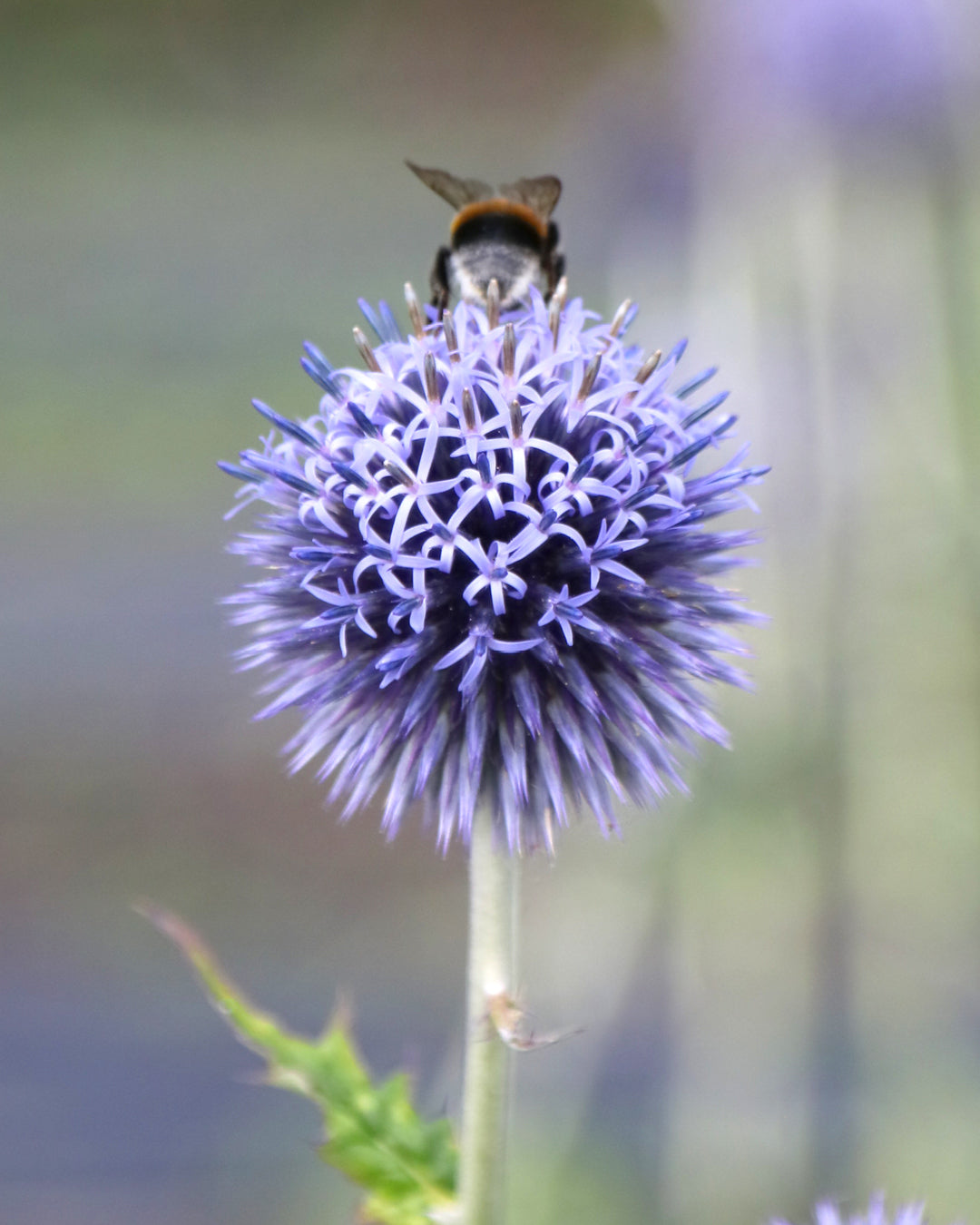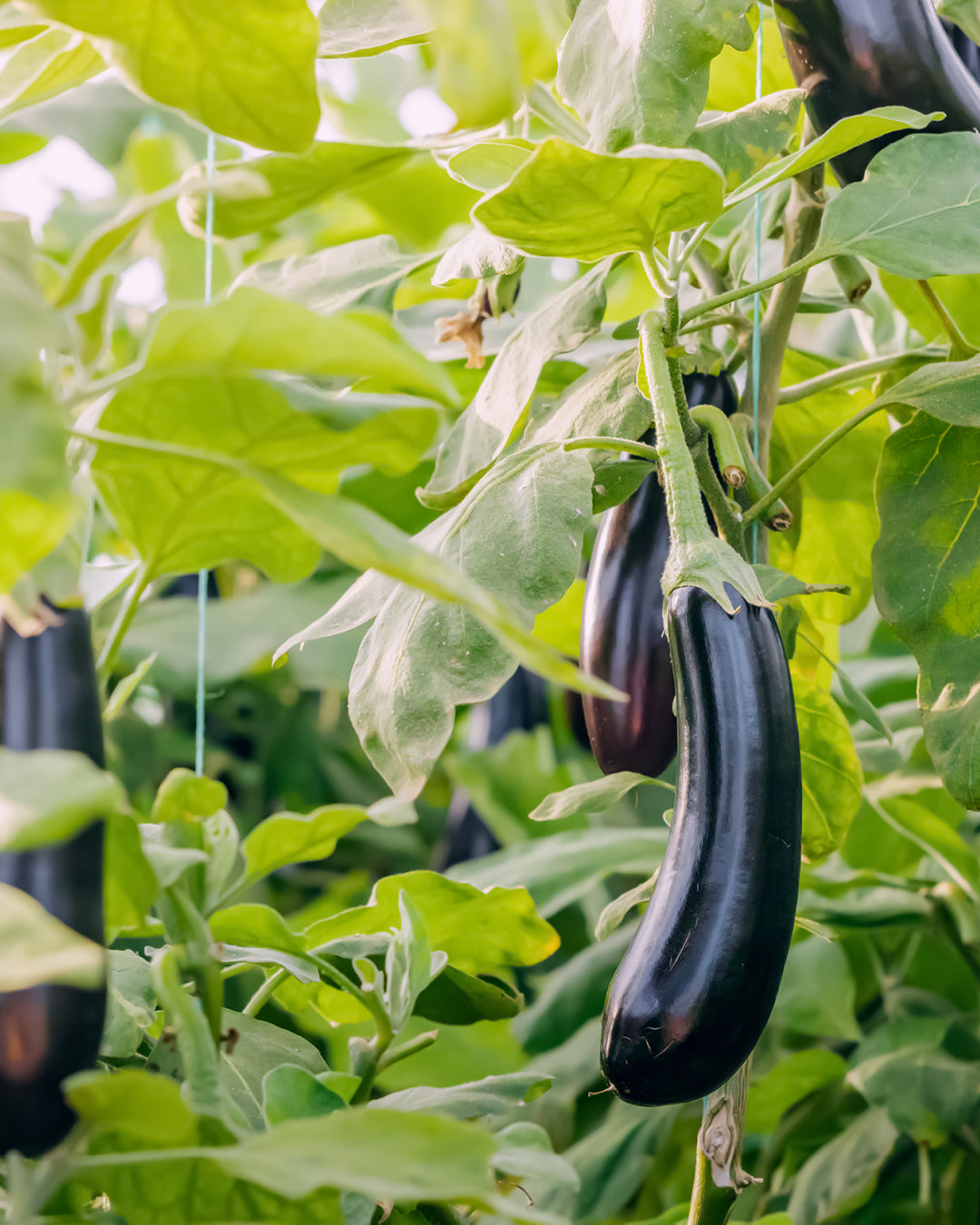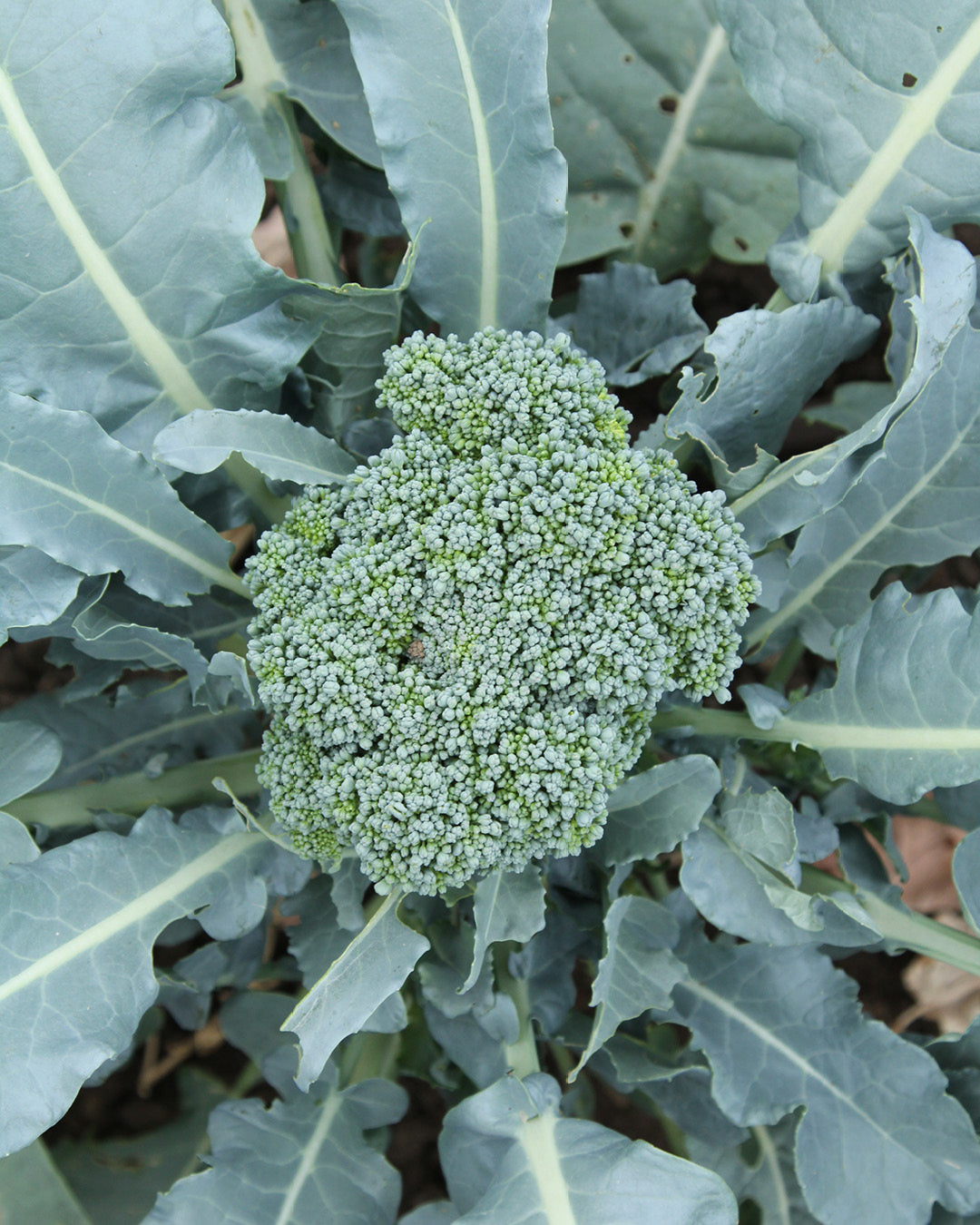Birds as weather sensors
Animals are experienced weather forecasters. But it's not just the well-known weather frog who makes fairly accurate predictions; birds also show quite clear signs of weather changes, which are worth knowing. Because you can trust animal "forecasts"!
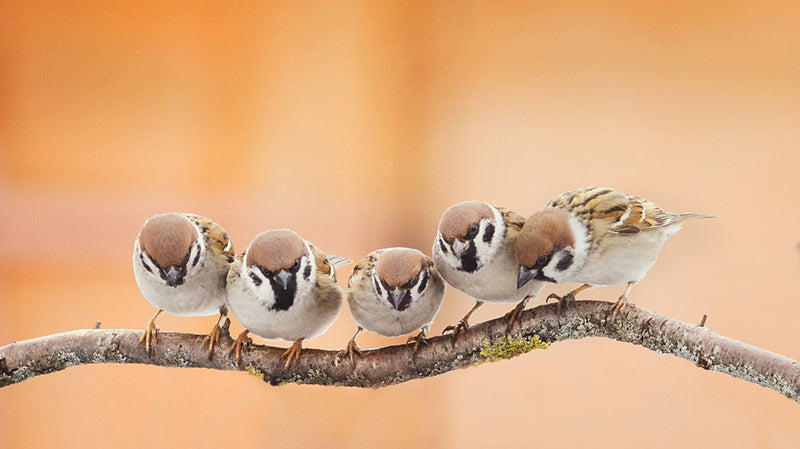
Weather forecast for birds
Birds have a long evolutionary history behind them. They evolved from the reptile kingdom around 150 million years ago and have established themselves on every continent. Whether desert or icy cold, high in the mountains or at sea, they have thrived everywhere with an impressive diversity of species. These acrobats of the skies are particularly dependent on the weather. The life of birds is closely tied to the atmosphere, which is why they are extraordinarily sensitive to changes in atmospheric pressure and to a decrease in brightness, e.g., due to thickening clouds that herald a change in the weather, or the electrical charge in the atmosphere before a thunderstorm. It is therefore not surprising that birds can also sense approaching weather before we can. One reason for this fact is the birds' physical structure. Their breathable and insulating plumage, fine air sacs, and light bone structure that conducts air make them sensitive to any change in air pressure. The bird's body structure can be described as a pneumatic structure. This fact explains why weather changes are noticeable earlier and often more pronounced in many birds than in mammals, for example. Birds are the liveliest and most agile animals in the animal kingdom and are more likely to attract the attention of nature and weather observers than mammals.
Most songbirds adapt their behavior not only to the length of daylight, but also to temperature, humidity, pressure fluctuations, and light. Before weather changes, the brightness and spectral composition of sunlight change almost imperceptibly. Birds react to these meteorological changes in advance with their singing, cries, feeding habits, and nest building. The dates of their annual arrival and departure flights are also adjusted to the weather conditions. Birds use their "sense of sound" to register changes in the weather and to orient themselves. For example, birds such as blackbirds, chaffinches, green and black woodpeckers, crows, cranes, peacocks, golden orioles, plover, and starlings use their "rain calls" to alert them to worsening weather.
A hunter from the Ussuri region reports some exciting observations: The forest was bustling with activity, woodpeckers and nutcrackers were chatting animatedly everywhere... On another day, the hunter was delighted by the beautiful, calm weather, but his companion had concerns: "Look how the birds are hurrying to feed. That's not a good sign, the weather will be bad." The barometer was high, and the hunter just laughed at the prophecy. That evening, the tracker stopped the hunter: "Wait, I think we should spend the night here." - "Why?" - "In the morning, the birds were hurrying to feed, but now, look for yourself, there are none left." And indeed, the forest was dead silent. All the birds seemed to have gone into hiding. The tracker advised them to tighten the tents and stock up on firewood, not just for the night, but also for the next day. That night, the hunter was awakened. He was told: “It’s snowing!”
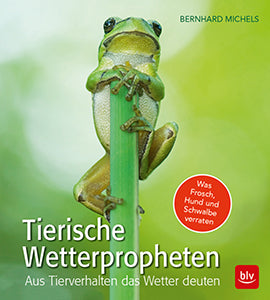
The content of this article is from the book:
Bernhard Michels
Animal weather prophets
Interpreting the weather from animal behavior
Price: €(D) 15.00 / €(A) 15.50 / sFr 21.90
ISBN: 978-3-8354-1731-1
BLV Publishing
Animals are expert weather forecasters: Their "forecasts" can be trusted! For example, pets: "If you see the cat lying there yawning, you know we're getting a thunderstorm," or "If the dogs eat grass, it's going to be wet today." Animals are prompted by atmospheric changes during weather changes to alter their food intake, their movements, or their "normal" behavior. After reading the book "Animal Weather Prophets" (BLV Buchverlag), readers will be able to observe and interpret these signs for themselves.

